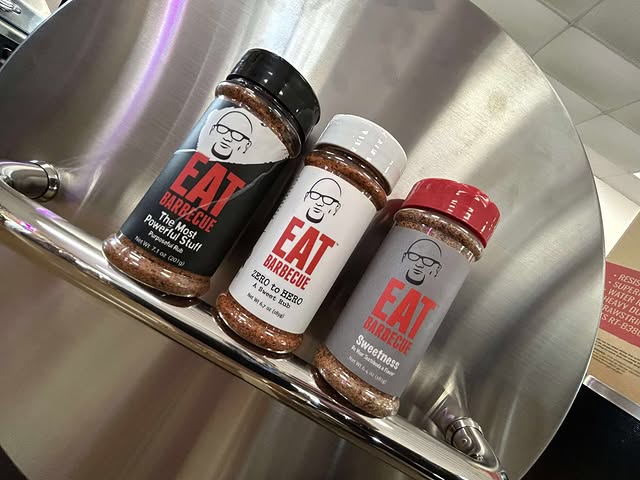Every pitmaster has their secret weapon. For some, it’s the smoker. For others, it’s patience. But if you ask me, the real magic lies in one thing: the rub. That thin layer of seasoning transforms a simple slab of meat into smoky, bark-crusted perfection.
But here’s the eternal BBQ question: do you make your own rub, or buy one off the shelf?
Both have their champions. Some folks swear by their secret homemade blend passed down for generations.
Others trust the big-brand rubs perfected by pitmasters and packaged for convenience.
Today, we’re diving deep into the great debate – Homemade vs. Store-Bought BBQ Rubs – to see which one truly deserves a place next to your smoker.
What Exactly Is a BBQ Rub?
Before we pit one against the other, let’s make sure we’re talking about the same thing.
A BBQ rub is a dry blend of spices, herbs, and seasonings that you coat on meat before smoking, grilling, or roasting. It adds flavor, helps form that beautiful bark, and balances sweet, spicy, smoky, and savory notes.
A classic all-purpose rub usually includes:
- Salt for flavor penetration
- Sugar or brown sugar for caramelization
- Paprika for color and subtle smoke
- Garlic and onion powder for body
- Black pepper and chili powder for heat
Different regions do it differently. Texas leans on salt and pepper simplicity. Kansas City loves a sweet, sticky crust. Carolina favors tangy and spicy profiles.
If you’re just starting out, pick up a basic BBQ spice set – it’s cheaper than buying each jar one by one, and you’ll have what you need to start experimenting.
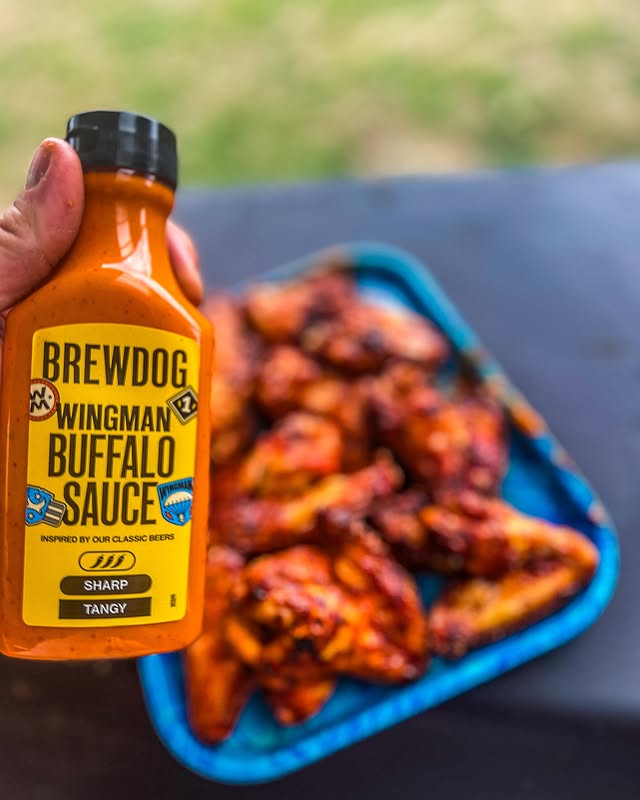
Homemade BBQ Rubs: The Craft of Custom Flavor
There’s something satisfying about mixing your own rub. It’s the culinary equivalent of rolling up your sleeves and saying, “I made this from scratch.”
Advantages of Homemade Rubs
- Full control over flavor.
You get to decide exactly how sweet, salty, or smoky your meat turns out. Want extra heat for brisket? Add cayenne. Want something milder for chicken? Go easy on the chili powder.
- Freshness you can smell.
Freshly ground spices hit differently. Store-bought blends can sit in warehouses for months. When you mix your own, the aroma alone tells you it’s worth it.
- Cost-effective in the long run.
If you grill often, buying spices in bulk can save money. A single batch of your rub can season multiple racks of ribs – and you’ll still have plenty left.
- Cleaner ingredients.
No fillers, preservatives, or excess sodium. You know exactly what’s in your mix.
- Customization for diets.
You can go low-sodium, sugar-free, or keto-friendly without sacrificing flavor.
Disadvantages of Homemade Rubs
- It takes effort.
You’ll need to measure, mix, and test. It’s not hard, but it’s not as quick as opening a jar.
- Inconsistency.
Without a recipe or notes, your “perfect rub” might never taste quite the same again.
- Ingredient overload.
If your spice cabinet looks like a mini grocery store, great. If not, you might spend more upfront.
Pro Tip from the Pit
Label your jars and date them. Spices fade faster than you think – especially in humidity. Use airtight glass jars to keep your blends bold and fragrant.
Store-Bought BBQ Rubs: Convenience Meets Consistency
Now, let’s talk about the commercial side of the pit.
Store-bought rubs have come a long way. What used to be bland, oversalted blends have evolved into chef-crafted seasonings fine-tuned for flavor and performance.
Advantages of Store-Bought Rubs
- Consistency every time.
You get predictable results. Each shake of the bottle tastes just like the last – ideal if you don’t want to tweak recipes constantly.
- Ready when you are.
No mixing, no mess. You can go from fridge to grill in seconds.
- Variety galore.
Sweet, smoky, spicy, tangy – there’s a rub for every cut and cuisine. Some brands even mimic regional BBQ traditions.
- Expertly tested.
Many commercial blends are made by pitmasters who’ve already done the trial and error for you.
Disadvantages of Store-Bought Rubs
- Watch the ingredients.
Some brands rely heavily on salt, MSG, or preservatives. Read the label.
- Price per ounce.
A small jar can cost as much as a full batch of homemade rub.
- Limited customization.
If you don’t love the flavor, your only fix is to mix it with something else.
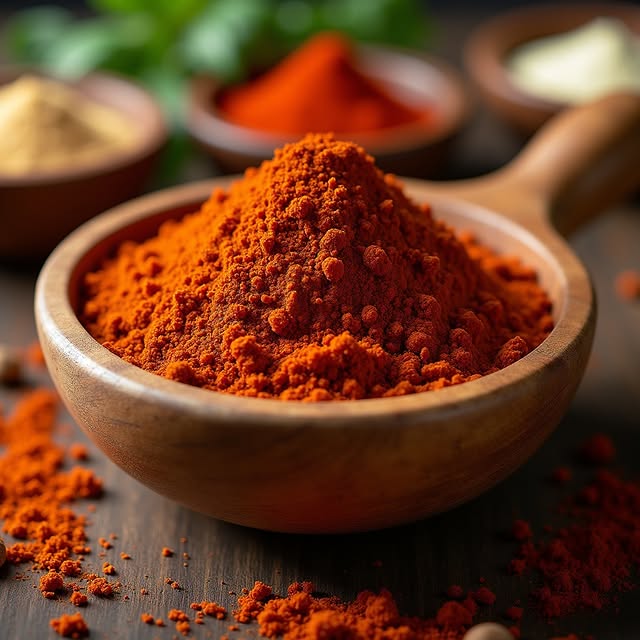
Flavor Comparison: Homemade vs. Store-Bought BBQ Rubs
This is where things get interesting – and subjective. I’ve done side-by-side tests using both types on ribs, chicken thighs, and brisket. Here’s how they stacked up.
Aroma
Homemade rubs have that freshly ground punch. You smell the paprika, pepper, and sugar right away. Store-bought blends tend to be milder on the nose, though premium brands hold up well.
Texture
Homemade rubs can be adjusted – coarse for brisket, fine for chicken. Store-bought rubs are uniformly ground, which helps with even coverage but lacks texture variation.
Taste
Homemade rubs shine in complexity. You can taste layers – sweet, smoke, a little kick. Store-bought rubs nail consistency and balance, but often lack that “personal touch.”
Versatility
Homemade rubs win here. You can tweak one base blend for any meat. Store-bought rubs tend to be specialized (e.g., “Pork Rub,” “Chicken Rub”).
Quick Comparison Table
| Category | Homemade Rubs | Store-Bought Rubs |
| Flavor Freshness | ⭐ ⭐ ⭐ ⭐ ⭐ | ⭐ ⭐ ⭐ |
| Consistency | ⭐ ⭐ | ⭐ ⭐ ⭐ ⭐ ⭐ |
| Cost | ⭐ ⭐ ⭐ ⭐ | ⭐ ⭐ ⭐ |
| Convenience | ⭐ ⭐ | ⭐ ⭐ ⭐ ⭐ ⭐ |
| Customization | ⭐ ⭐ ⭐ ⭐ ⭐ | ⭐ ⭐ |
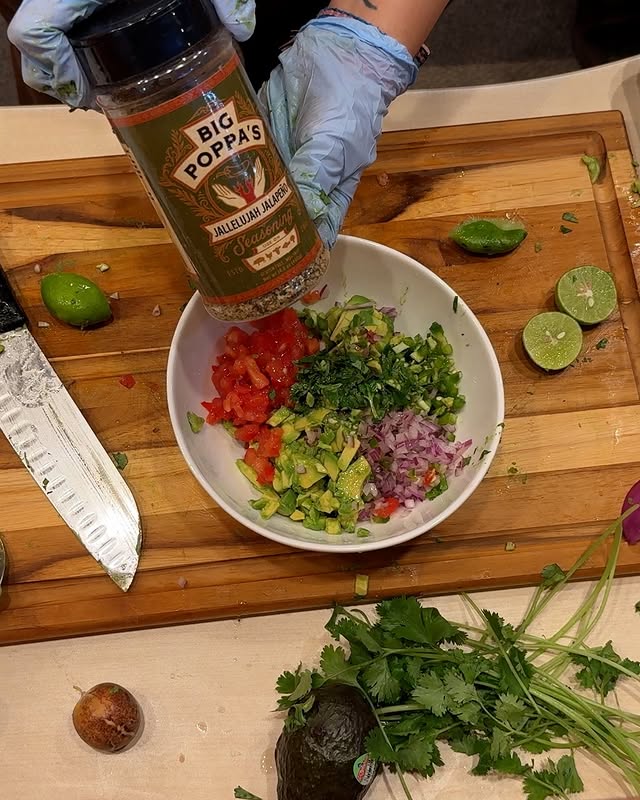
Cost and Shelf Life Breakdown
Here’s where numbers matter.
A homemade rub typically costs $1–2 per batch, depending on the spices. A mid-range store-bought rub can run $8–15 for a single jar.
That said, store-bought blends often last longer – around 6–12 months if sealed and stored properly. Homemade rubs, especially without anti-caking agents, keep their peak flavor for about 3–6 months.
Storage tip: Keep both types in airtight containers, away from light and heat. A simple spice jar set with labels does wonders for organization and freshness.
The Hybrid Approach: The Best of Both Worlds
You don’t have to choose sides.
One trick I’ve used for years: start with a store-bought rub as a base, then add your own twist. Want it sweeter? Add brown sugar. Want more smoke? Add smoked paprika or chipotle powder.
Want heat? Sprinkle in cayenne or crushed red pepper. You get consistency and convenience – with your signature touch layered on top. It’s the lazy pitmaster’s secret weapon, and there’s no shame in it.
Recommended BBQ Rubs to Try
Here are some tried-and-true blends worth testing in your next cookout. No affiliate links, just straight recommendations from the pit.
Killer Hogs BBQ Rub
A classic all-purpose blend that hits every note – sweet, smoky, and slightly spicy. Great for ribs, pulled pork, and even wings. Balanced and consistent.
Meat Church Holy Gospel Rub
A favorite among competition pitmasters. Bold and complex, with a deep red color that gives your bark that championship look. Ideal for brisket.
Traeger Rub
Balanced and mild. Slightly herbal with a hint of citrus, it’s perfect for chicken or salmon. Works beautifully with Traeger’s wood pellet grills.
Bad Byron’s Butt Rub
A legendary southern staple. Heavy on paprika and pepper, it’s salt-forward but incredibly flavorful. Great for pork shoulders and ribs.
Spiceology Smoky Honey Habanero
Sweet meets heat. The honey powder caramelizes beautifully, while the habanero sneaks in a bold punch. Try it on wings or shrimp skewers.
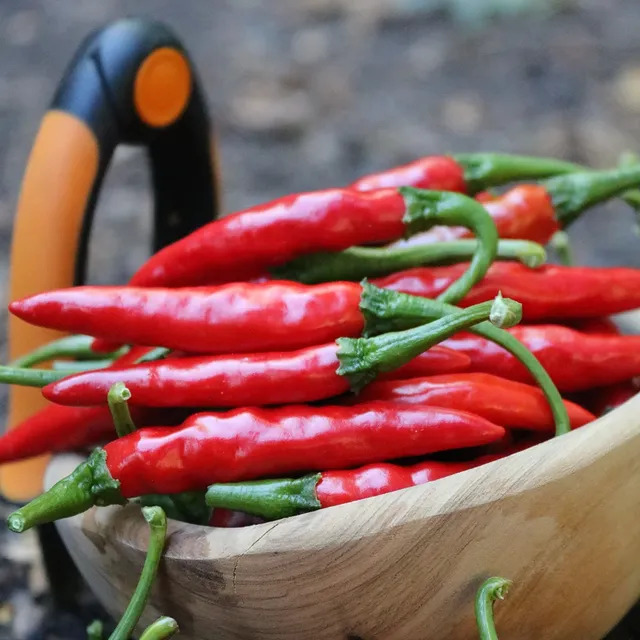
DIY Recipe: Simple Homemade BBQ Rub
Want to roll up your sleeves? Here’s a no-fuss, tried-and-true rub recipe to get you started.
Basic All-Purpose BBQ Rub
- 1/4 cup brown sugar
- 1/4 cup smoked paprika
- 2 tbsp kosher salt
- 1 tbsp black pepper
- 1 tbsp garlic powder
- 1 tbsp onion powder
- 1 tsp cayenne (adjust for heat)
Instructions:
- Mix all ingredients in a bowl until evenly combined.
- Store in an airtight jar for up to 3 months.
- Rub generously on your meat of choice 30–60 minutes before cooking.
Pro tip: Taste it before using. It should taste bold, not salty. Adjust accordingly – that’s the beauty of homemade.
The Science of a Good Rub: How Seasonings Interact with Meat
Here’s where the magic meets the chemistry. A good BBQ rub isn’t just about flavor – it’s about how those seasonings work with meat.
Salt is the muscle whisperer. It draws out moisture, dissolves a bit, and then gets pulled back in, carrying flavor deep inside. That’s how you get that seasoned-all-the-way-through taste instead of a salty crust.
Sugar adds sweetness and helps form that deep mahogany bark through the Maillard reaction – science’s fancy way of saying “delicious caramelization.”
And spices like paprika, garlic, and chili don’t just add heat or color; they build complexity and aroma when they hit smoke.
The key? Let your rub sit for at least 30 minutes before grilling. It gives the salt time to work and the meat time to sweat. Science and patience – the two secret ingredients every pitmaster swears by.
Regional BBQ Rub Styles: Flavor Across America
BBQ isn’t just food – it’s geography in bite form. Every region has its own rub identity, and knowing the difference helps you understand what you’re tasting.
In Texas, simplicity rules. Just salt and black pepper, maybe a touch of garlic. It’s all about letting the meat speak.
Kansas City goes the other direction – big, bold, and sweet with brown sugar and paprika for that candy-crusted bark.
Memphis adds tang and warmth with paprika, garlic, and chili powder, often served “dry” (no sauce needed).
Down in the Carolinas, you’ll find mustard and vinegar notes creeping in, adding brightness to all that smoky goodness.
Most store-bought BBQ rubs take cues from these regions – so when you’re picking one, check the label. If you’re making your own, borrow a little from each and you’ll end up with something truly yours – regional soul, backyard signature.
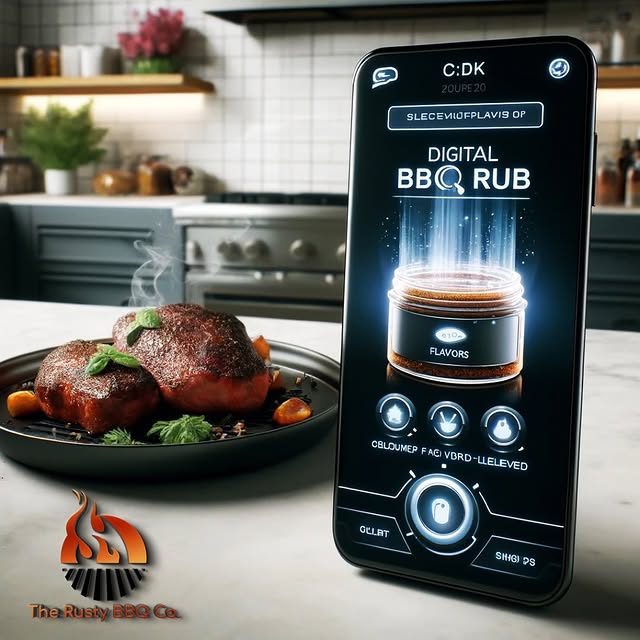
How to Apply a BBQ Rub Like a Pro
Even the best rub won’t work if you don’t know how to apply it. Here’s how pit pros do it – clean, simple, and foolproof.
First, pat your meat dry. Moisture blocks flavor. Then add a binder – mustard, oil, or even a touch of hot sauce – just enough to help the rub stick, not soak.
Next, apply evenly. Don’t dump it all in one spot; sprinkle from a height for smooth coverage. Use your hands to press, not rub – that keeps the seasoning from clumping.
Finally, let it rest. Give it 30 minutes (an hour for bigger cuts). That’s when the salt starts pulling out moisture, forming a flavorful paste that soaks right back in.
This applies to both homemade and store-bought BBQ rubs – technique makes all the difference. The rub doesn’t just sit there; it becomes part of the meat.
Pairing Rubs with Woods and Sauces
The real pitmasters know: it’s not just the rub – it’s the whole flavor orchestra. Your wood, your sauce, your rub – they’ve all got to play in tune.
Sweet rubs (heavy on brown sugar or honey powder) pair beautifully with applewood or hickory, giving that smooth caramel smoke.
If you’re using a spicy rub, reach for oak or mesquite – woods with attitude that hold their own.
Lighter rubs — say lemon pepper or herb-heavy blends – sing with fruit woods like cherry or peach, perfect for chicken or fish.
Then there’s the sauce game. A vinegar sauce cuts through sweet rubs, while honey glazes cool off the heat of spicy blends.
Whether you’re using a Homemade or Store-Bought BBQ Rub, matching it to your smoke and sauce can turn a good cookout into a legendary one. That’s flavor harmony, pit-style.
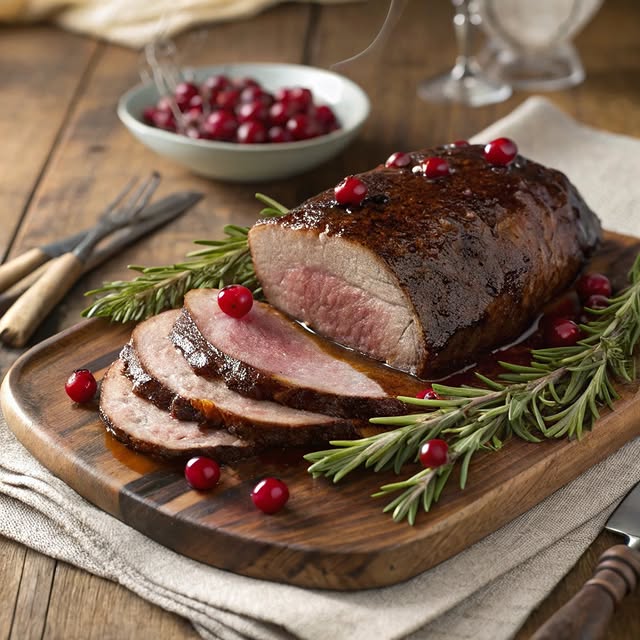
Final Verdict: Which Rub Rules the Grill?
So, after all this tasting, mixing, and grilling – who wins the flavor war?
Here’s the honest take:
- Homemade rubs win for freshness, creativity, and control. Perfect for pitmasters who love experimenting.
- Store-bought rubs win for convenience, consistency, and time-saving reliability. Great for casual grillers or when you’re cooking for a crowd.
- The hybrid approach might just be the best of both worlds – using a base rub and building your own flavor on top.
In the end, the best rub is the one that keeps you grilling. Whether it’s crafted from your spice rack or poured from a bottle, it’s all about the smoke, the sizzle, and the satisfaction of good barbecue.
So go ahead – grab a rack of ribs, fire up the pit, and find your flavor.
FAQ
Q: Can I mix store-bought rubs with my own spices?
Absolutely. It’s one of the best ways to customize flavor without starting from scratch.
Q: How long do BBQ rubs last?
Homemade rubs: 3–6 months.
Store-bought: up to 12 months unopened. Always store in airtight jars.
Q: What’s the best base for a DIY rub?
Start simple – salt, sugar, paprika, and pepper. From there, layer in garlic, onion, or chili to taste.
Final Tip from the Pitmaster
A rub isn’t just seasoning – it’s a signature. Whether you make it, buy it, or tweak it, the goal is the same: flavor that makes people stop talking and start eating.
Featured image credit: @thebarbquestore

